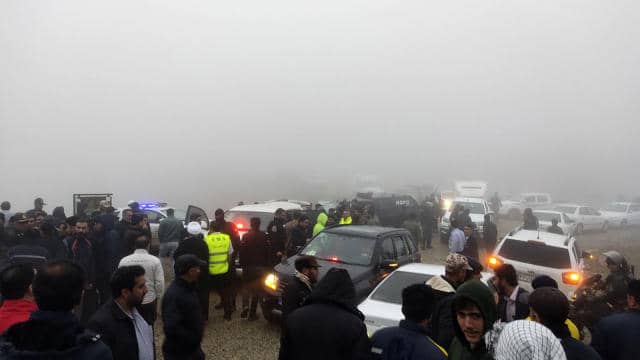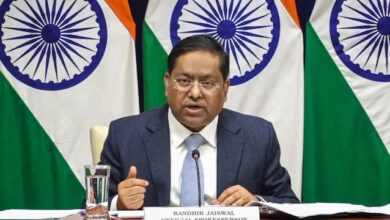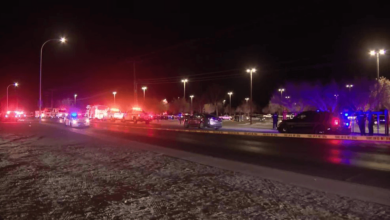
Iran has set its next presidential election on June 28, when incumbent and popular president Ebrahim Raisi perished in a helicopter crash together with other members of the executive branch.
The electoral advancement from the supposed 2025 was realized during a high-level meeting. Stating that the presidential election will be held on the specified date, state television reported that the Guardian Council has given preliminary approval to the 14th presidential election.
The mysterious death of President Raisi and all his entourage members have called for the selection of a new and qualified leader. Nevertheless, in the meantime, Iran has a system where the first vice president takes over the presidency, as dictated by the constitution, and that person is Mohammad Mokhber.
The major distinguishing feature of Iran’s political map is that the country has an absolute leader—the Supreme Leader, Ayatollah Khamenei. At the same time, the President only leads the executive branch. Some commentators believe that Mojtaba Khamenei, the son of Supreme Leader Khamenei, can be a possible successor of the current Supreme Leader, which has led to much debate about succession by heredity.
The approaching presidential election will define Iran’s future political development and its interaction with the rest of the world. As the nation joins the world in mourning the loss of its president, the transfer of power will be a crucial point in the current nation’s history.



